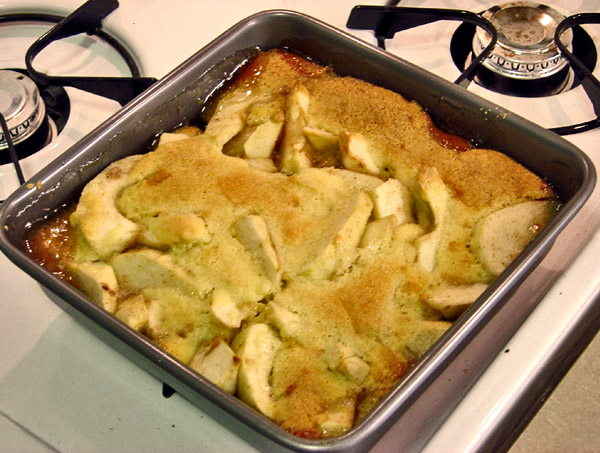Facts About Cobbler
Cobbler is a delightful dish featuring a fruit or savory filling, which is poured into a large baking dish and topped with a layer of batter, biscuit, or dumplings before being baked to perfection. This comforting dish is cherished in both the United Kingdom and the United States, with each region adding its own distinct twist. It's important not to confuse cobbler with crumble, as they differ in preparation and ingredients.
The history of cobbler dates back to the British American colonies. English settlers, seeking to adapt their traditional suet puddings, began covering stewed fillings with uncooked plain biscuits or dumplings. The term "cobbler" has somewhat mysterious origins, possibly stemming from the old word "cobeler" which means "wooden bowl."
In North America, cobblers come in various forms and are known by different names such as grunts, pandowdy, slumps, and sonker. In the U.S., you’ll encounter varieties like apple pandowdy, Betty, buckle, dump cake, and sonker. Typically, cobblers are made with single fruit varieties like blackberry, blueberry, or peach, and they pair wonderfully with a scoop of vanilla ice cream.
Across the pond in the UK and the British Commonwealth, the scone-topped cobbler is more common. These can be either sweet, featuring fillings like apple, blackberry, and peach, or savory, with casserole fillings such as beef, lamb, or mutton. For savory versions, toppings might include cheese or herb scones.
During the Second World War, cobblers and crumbles gained popularity thanks to the Ministry of Food. They were promoted as filling dishes that required less butter than traditional pastries, making them both practical and economical during a time of rationing.

 Canada
Canada